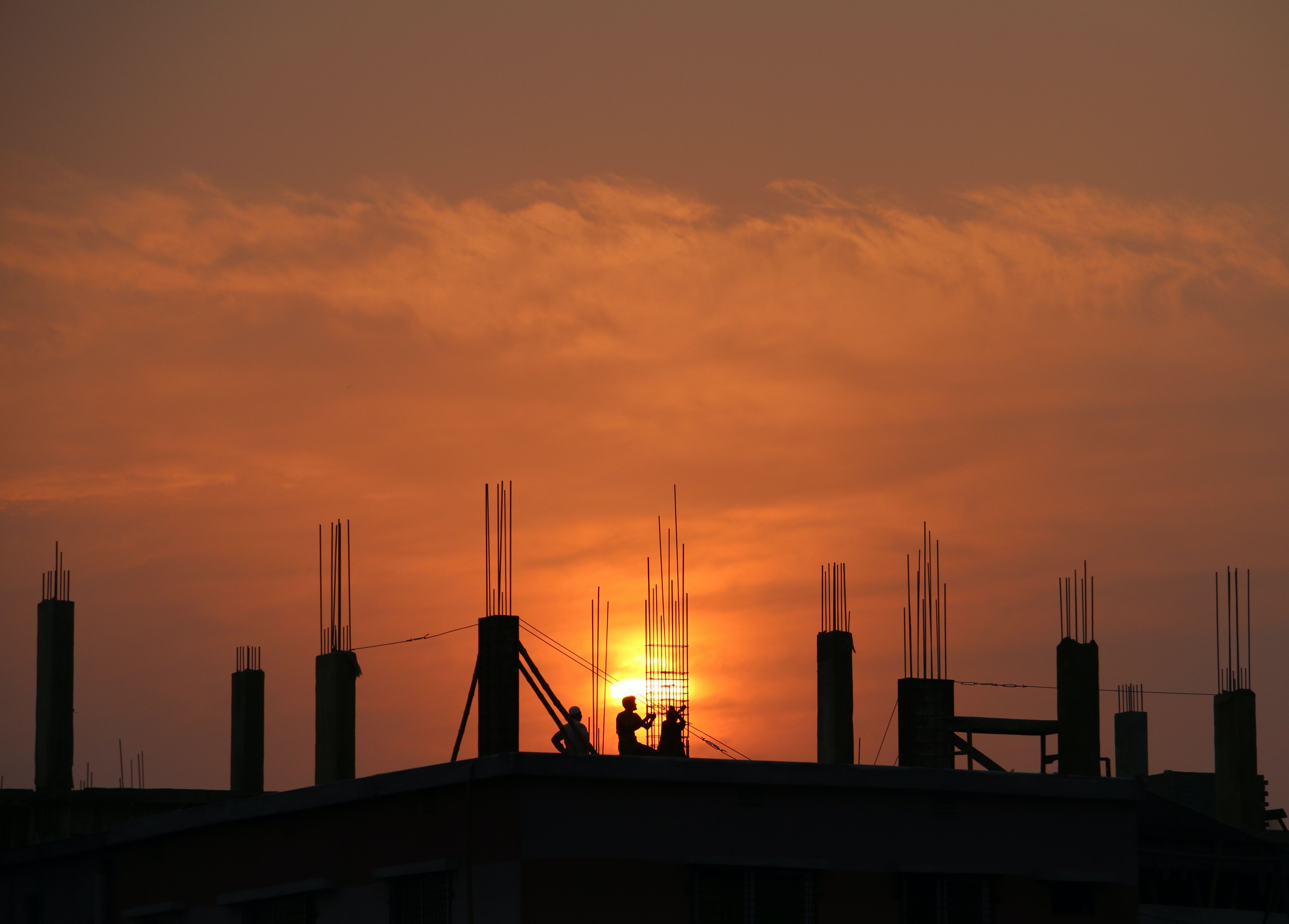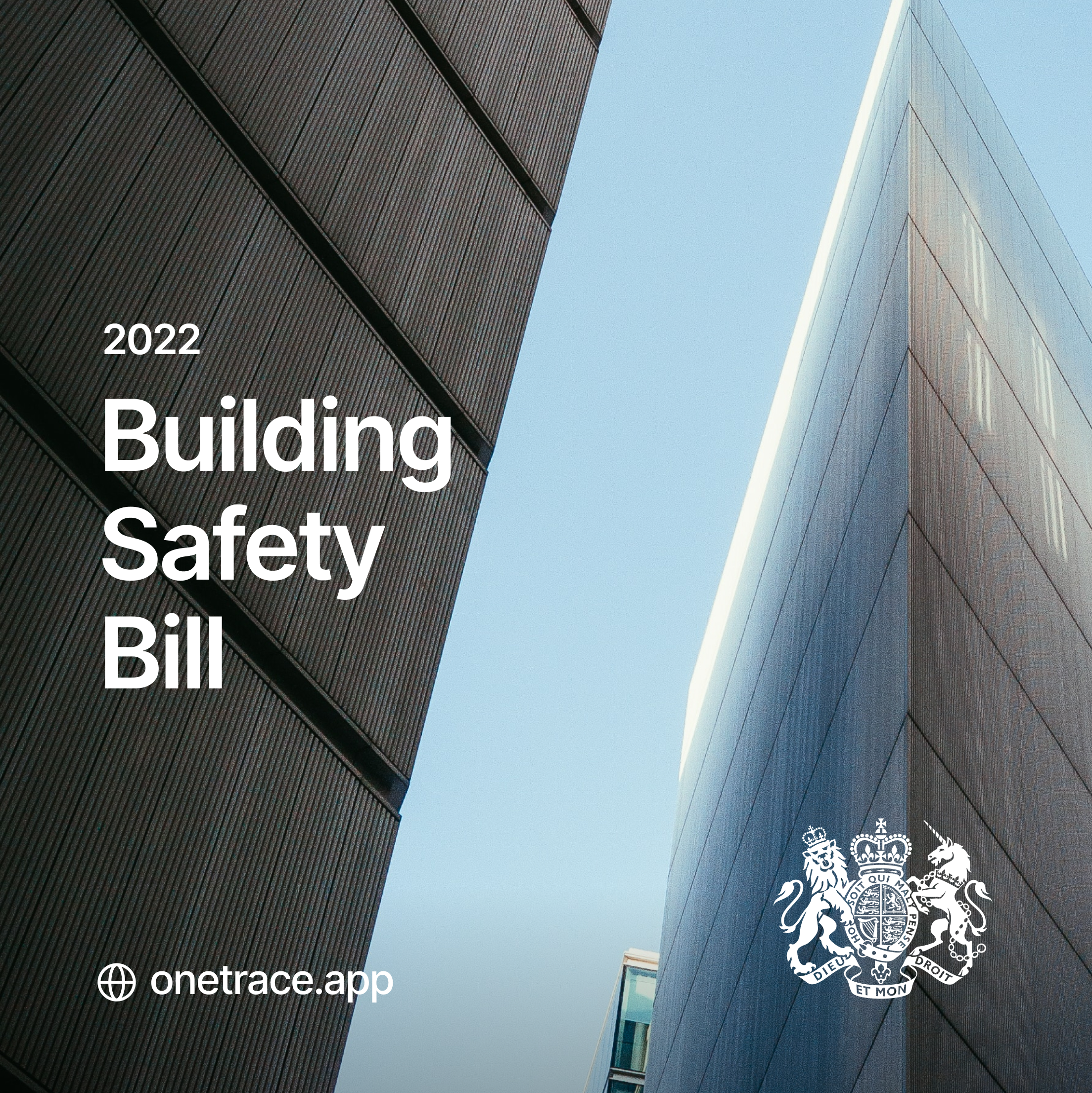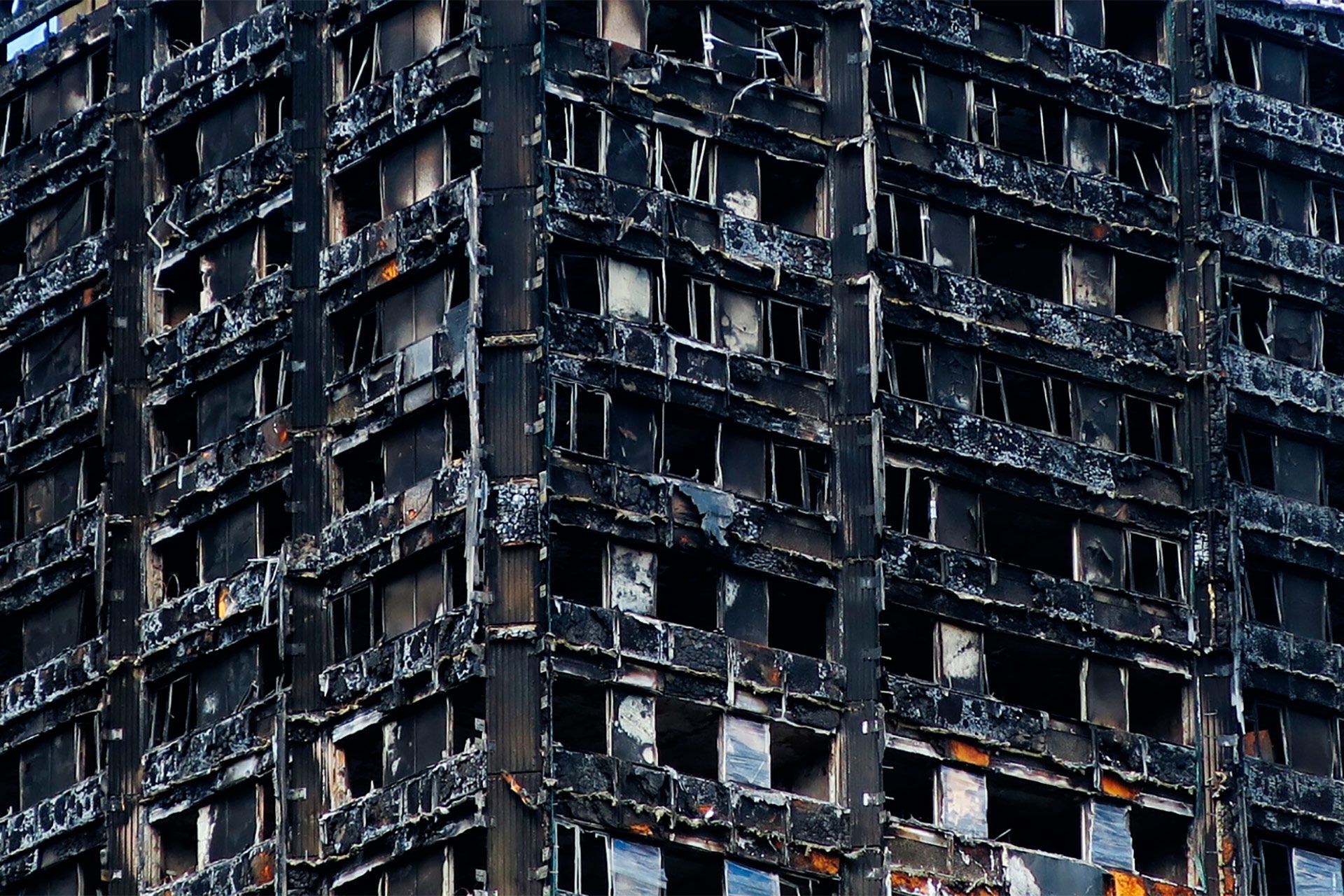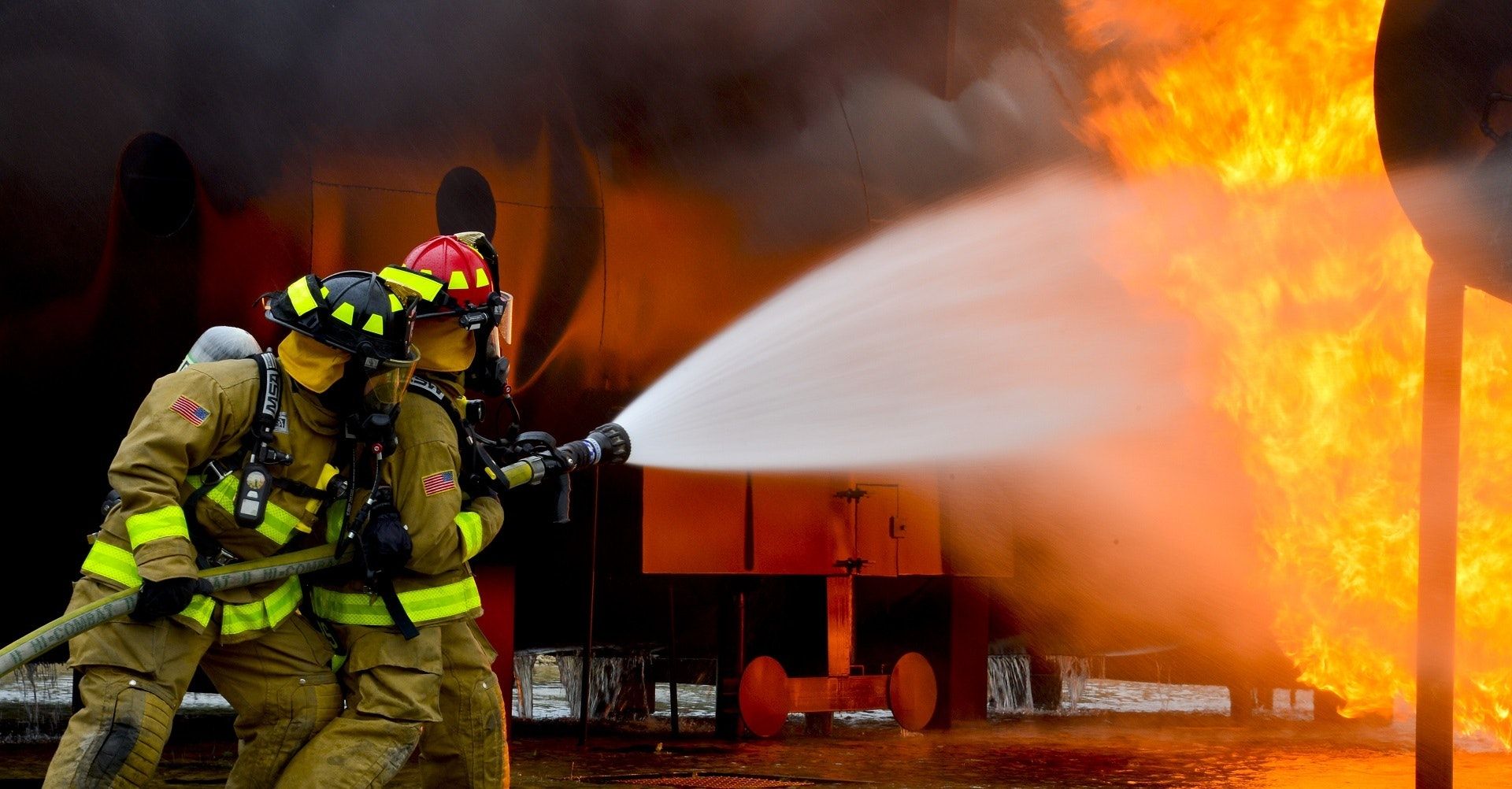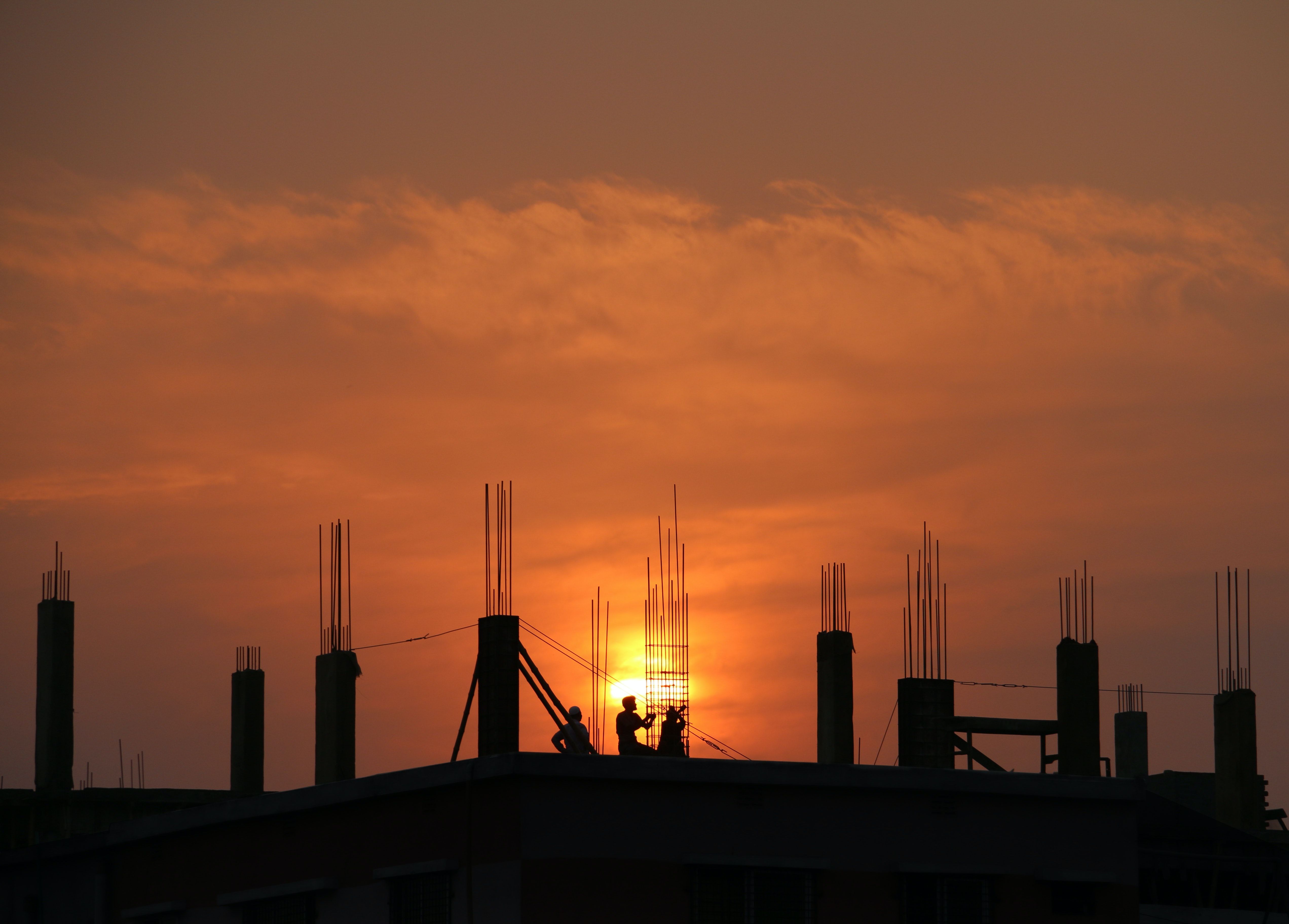
Onetrace fire protection app has spent the last 18 months talking about the fire industry, but today, we want to zoom out a little and look at the construction industry on the whole. Building fire safety is a small part of the construction industry, but it is still plagued by some of the biggest safety risks that contractors, operatives and installers face every day, on-site and beyond.
We are on a mission to make the construction industry safer, by supporting contractors through the process of heightened transparency, stricter building regulations and increased compliance and accreditation requirements. So we’re going to countdown the biggest safety risks in the hopes that through education and awareness, we can increase safety within the industry.
Electricity
Electrocution is no joke. When we were kids, it was funny to watch a cartoon where the antagonist character gets some volts coursing through his flashing black and white body, with the skeleton illuminated; but electric shocks in real life do not look like that. Overall, there are only roughly 3 construction-related electrocution accidents a year, but there is a frighteningly increasing number of accidents involving unqualified workers doing electrical work.
Asbestos and other airborne toxins
Asbestos was completely banned in 1999 in the UK, but it’s still very much in existence due to its prevalence in products used in buildings before the ban. Being virtually indestructible, fire resistant, waterproof, and incredibly strong, it was a wonder material in the construction industry; until it was known how deadly it could be if inhaled. But asbestos isn’t the only material that can cause work-related lung disease: dust from stone masonry and site cleanups, various wood dust, toxic fibres that become airborne when laying carpets and inhaling isocyanates which are used in paints, varnishes, glues, flooring and building insulation materials. Inhaling airborne toxins can cause occupational asthma, COPD, silicosis, and lung cancer, while asbestos can cause mesothelioma along with other asbestos-related cancers and diseases.
Unintended collapse
Following electricity and asbestos, unintended collapse is the next safety risk for construction workers. While contractors, risk assessors and safety officers work to ensure that this doesn’t happen, accidents still do happen. In fact, 10 people died in 2016 and 2017 because something collapsed. Those who are working around excavations are especially at risk since they can fall into an excavation, the area around the excavation can become unstable and collapse, and the integrity of surrounding structures can be compromised and collapse or injury from falling materials if the excavation itself collapses.
Manual material handling
When you think of people working on site, you can imagine someone lifting, holding, carrying, pushing or pulling materials. It might be a large pipe, concrete slab or a bag of sand. Bumps, bruises, punctures and broken bones are often associated with this type of manual material handling, but more often there’s soft tissue damage that we cannot see with the naked eye. It sometimes starts with a little twinge that is brushed off and ignored, or it can happen immediately. But healing can take months or years, affecting a worker’s ability to earn and perform basic daily personal activities.
Noise
Noise is a huge safety risk on construction sites since many workers do not wear proper hearing protective gear since the noise fluctuates and with exposure comes a level of complacency until their hearing is permanently impacted. One of the downsides is not wearing the correct PPE, which can even create additional hazards such as not being able to hear a warning call.
Slips and trips
If you’re a parent, you know the danger of toys on the stairs, or worse, lego blocks left for your bare feet to step on. At home, you might fall and bump into the sofa, but on a construction site, that slip can be detrimental to that person’s ability to work. Dislocated joints and fractures are among the most common slip/trip injuries that happen on-site. Unfortunately, many of these can be avoided with proper work area management.
Moving objects
Construction sites are busy places that are full of machinery and moving people and objects. Getting hit by a moving object can range from a bruise to seriously injuring yourself, and through proper work area management, as with slips and trips, it can be mitigated with an uncluttered workspace, proper lighting, use of warning lights and beepers on moving vehicles, warning signs at movement intersections and not working too close to moving objects and machinery.
Working at height
Working at height is the top third safety risk in construction and continues to be one of the major causes of fatality in the industry. A lack of guardrails, unguarded openings, inadequate edge protection, unsecured ladders and scaffolding, loose tools and improperly stored materials on roofs or elevated walkways, are among the top hazards for working at height.
Exhaustion
The second highest safety risk in construction is exhaustion. Construction work isn’t easy work; it’s often laborious for long hours in sometimes harsh weather conditions. Working at max for a long period without ample rest for the body and mind can reduce overall attentiveness, leading to lax decision-making and costly mistakes.
Suicide
Mental health is finally being headlined by many industries. Sadly, the suicide rate for low-skilled male construction workers is four times the national average, putting the suicide rate in construction 63% higher than any other reporting group. There aren’t any clear answers as to why the suicide rate is higher, but it has been speculated that the long hours and low pay combined with exploitation and bullying don’t help. If you know someone who needs support, reach out to the right authorities — you can save a life!
What can you do to help
Following the Health and Safety Executive (HSE) guidance on construction site safety is the first step to reducing the safety risks on site. However, there are small changes you can make that will massively improve site safety, such as:
- Daily pre-work site surveys to mitigate potential risks
- Continuous work area management
- Daily safety meetings
- Make PPE mandatory
- Schedule regular breaks and encourage them to look out for one another
- Create an environment where it’s safe to speak up if someone is struggling or showing signs of exhaustion
- Treat mental health with the same level of concern as physical health.

